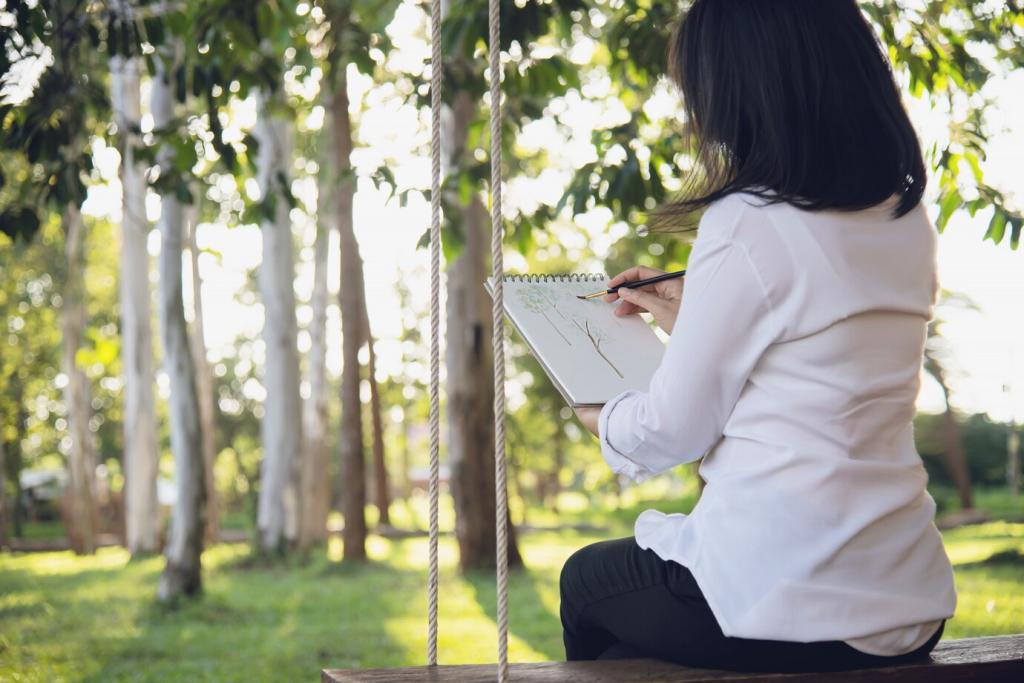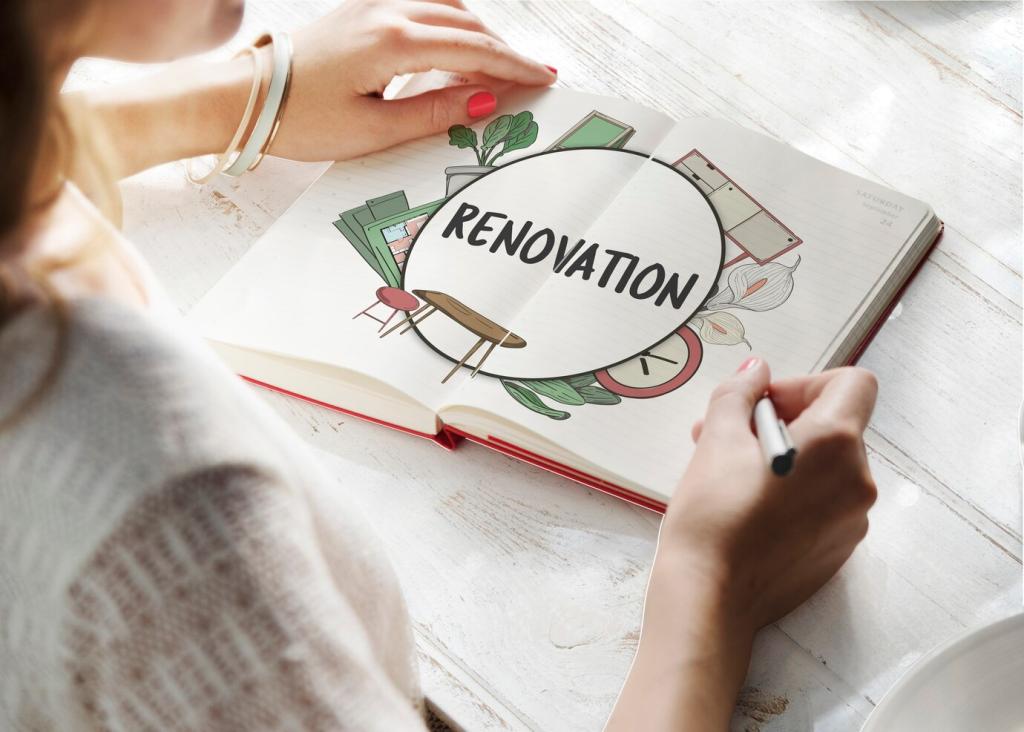Biophilic Design in Public Spaces: Cities That Breathe
Selected theme: Biophilic Design in Public Spaces. Explore how living systems, daylight, water, and natural materials reshape plazas, transit hubs, and streetscapes—reducing stress, inviting connection, and restoring attention. Join the conversation and subscribe to help champion greener, more human city life.

Why Biophilic Public Spaces Matter
The psychology of urban nature
When a square offers shade, moving water, and birdsong, our bodies respond: heart rates slow, attention steadies, and social behaviors soften. Share your favorite calming public spot and tell us how its natural elements support your day.
From commute to micro-retreat
A planter-lined transit plaza can become a tiny sanctuary between meetings and trains. I once watched commuters pause beside a shallow rill, breathing with the ripples. What small biophilic detail would improve your daily route?
Belonging in shared places
Biophilic design signals care: tactile wood benches, native trees, seasonal scents. People linger, greet neighbors, and feel welcomed. Comment with a public space where nature helped you start a conversation you wouldn’t have had otherwise.
Design Principles You Can See and Feel
Layered canopy and comfortable microclimates
Combine tall shade trees, understory shrubs, and vine trellises to cool paved areas and soften noise. Add misters or fountains where heat spikes. Which local plaza needs more layers of green? Tag it and we’ll explore solutions next issue.
Materials that age with dignity
Stone, clay brick, and responsibly sourced timber pair beautifully with planting beds and rain gardens. They weather gracefully, invite touch, and cut glare. Tell us which material palettes feel warm and welcoming in your neighborhood spaces.
Water as movement and memory
Thin rills, misting arches, or reflective basins invite play and quiet. Sound masks traffic while cues for safety and accessibility remain clear. Share a short video or story of a public water feature that made you pause and smile.
Stories from the Street: Biophilia in Action
The lunchtime bench that changed a block
A row of timber benches tucked beneath birches beside a food market turned quick lunches into lingering conversations. Vendors reported friendlier lines and repeat faces. Have you noticed a small biophilic tweak shift your street’s vibe?
A stream reborn, a city reintroduced
Where a sunken expressway once roared, a restored urban waterway now hums with walkers, herons, and cyclists. Families meet at stepping stones after work. Which buried or forgotten element would you daylight in your city if you could?
Night gardens and quiet confidence
After dusk, a plaza’s understory glows with low, warm lighting that reveals leaves and pathways without glare. People feel safer and linger longer. What evening lighting tricks help nature stay present and reassuring in your public spaces?



Resilience, Health, and Biodiversity
Native species and seasonal drama
Native plant palettes support pollinators, reduce maintenance, and stage seasonal color that teaches the city to slow down. Share your city’s most surprising seasonal shift—a bloom, scent, or leaf sound that marks time in a busy square.
Cooling strategies that save lives
Shade trees, permeable pavements, and water features can drop temperatures, especially in heat islands. Place seating in breezeways, not blast zones. Which overheated bus stop or plaza should we audit for a biophilic cooling retrofit next?
Access for all bodies and senses
Tactile edges, gentle slopes, resting spots, and multisensory cues make biophilic spaces welcoming. Fragrance-light sections and quiet nooks support neurodiversity. Tell us what access feature helps you or a loved one enjoy public nature.




